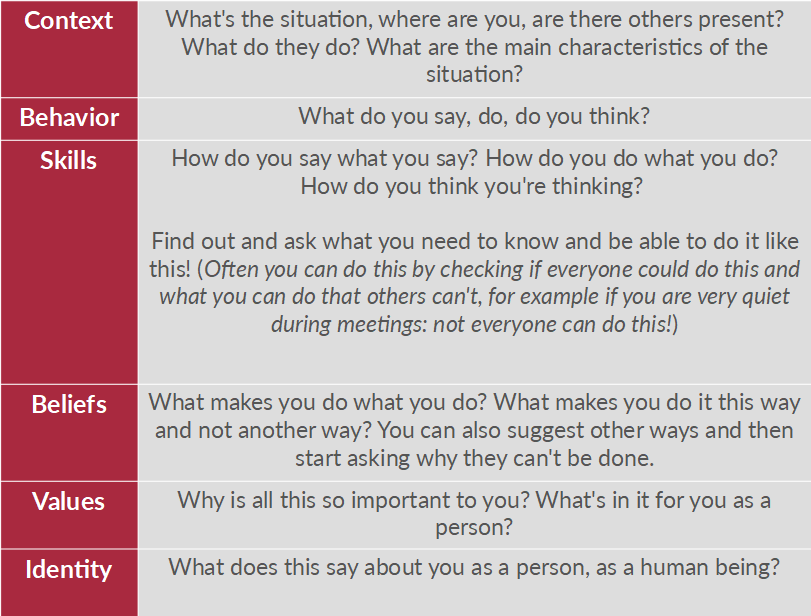In my previous post, I introduced the Circle Model of Coaching. In particular, I argued how the Core and the Field determine the goals and playing field for the process. So what are the four stages: Contract, Analyze, Develop, and Implement? And how do we move through them?
We distinguish these four coaching phases both within the entire process and in every coaching conversation (albeit often in a kind of miniature version), and today I will introduce two.
Contract: “No contract without contact!”
The relationship with the coachee forms the basis for an effective coaching process. In the contracting phase (which does not only take place at the beginning of the process, but also leads to a kind of reconsideration whenever necessary), it is important to gain an overall view of several things:
- The coachee’s demand and expectations;
- The context;
- The objective to be achieved; and
- How to lay the foundation for a relationship that leads to mutual trust and respect.
A model of influence that can be effective is MOVE (“to move people”: people move, both literally and figuratively/emotional). MOVE stands for:
- Moving along: Asking questions, listening, continuing to ask questions, understanding, agreeing where possible, …
- Once-over: Summarizing and testing (in terms of “if I understand your geodesy, is this especially important to you and this?)
- Moving on: Give a direction, make a proposal or suggestion, take a step in one direction or the other…
- Engaging: Make smart agreements !
Analyze: “Get a clear picture”
This “phase” is about getting a sharper and more concrete picture of the coachee’s development question. In the coach circle you will find 2 essential tools for this purpose, namely:
- The concept of change awareness, willingness, ability and daring; and
- The psychological levels of change (Bateson).
Of course, these tools are by no means the only ones, but they have proven their usefulness in practice for us and, as such, form two core concepts in our approach. They can act as a kind of analysis scheme to identify thresholds and opportunities, which you can then tap into with development activities. So what do they look like?
The Concept of Change Awareness, Willingness, Ability and Daring.
This concept indicates that there will be development and change when the following aspects are present:
Change awareness: How strong is the “real” awareness that change or development is desirable/needed/opportune? What would happen if a development does not take place?
Willingness to change: What is the willingness to realise the change? And to move away from the classic boutades such as: it’s very difficult, I have no time…
Ability to change: Is the necessary knowledge and are the desired skills available to achieve the desired development?
Daring to change: Awareness, willingness and ability can be all right, but is there the courage to actually shape it in reality?
Psychological Levels of Change
Bateson’s psychological levels show how different layers in the personality are linked and influence each other. In the context of a development question, it is often very interesting to see at what level change is possible and desired by the coachee. This can also be translated into development actions later on. These are the following levels at which a blockade and the other side of it, i.e. a development opportunity, can be located:

The final blog in this mini-series will introduce and explain the two remaining “phases” of the Coaching Circle – Develop and Implement – to help you co-create development actions and put them into motion. Please share your thoughts and let me know about your experiences with these approaches!
